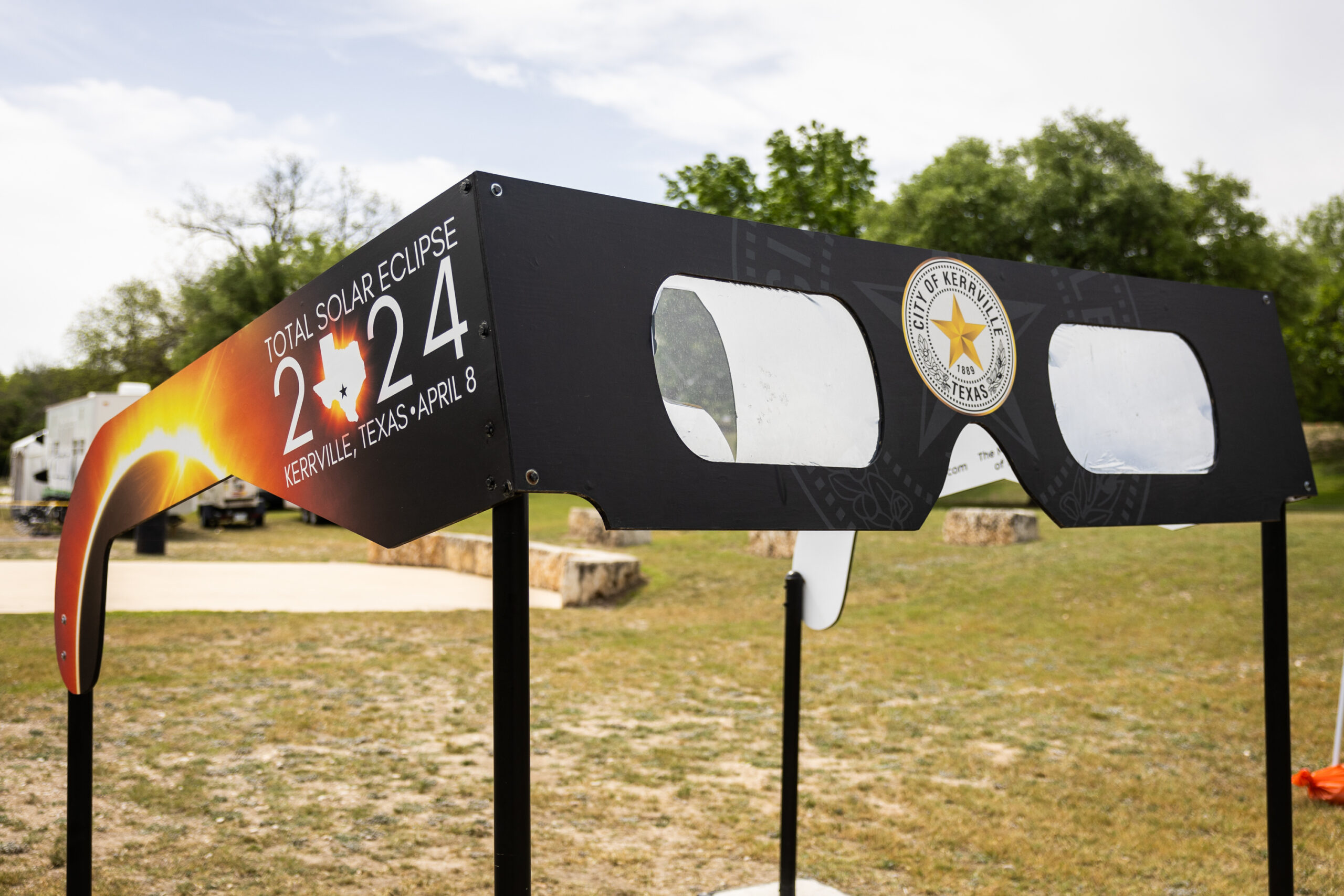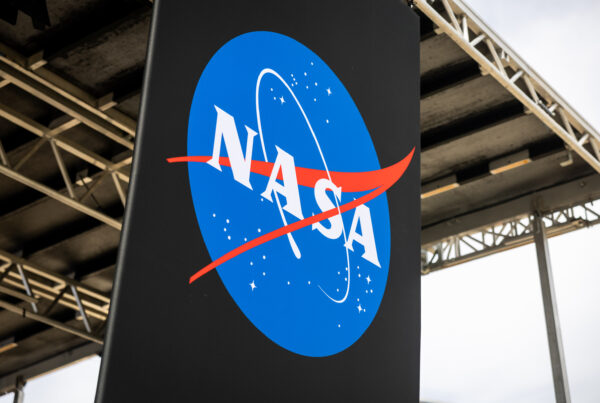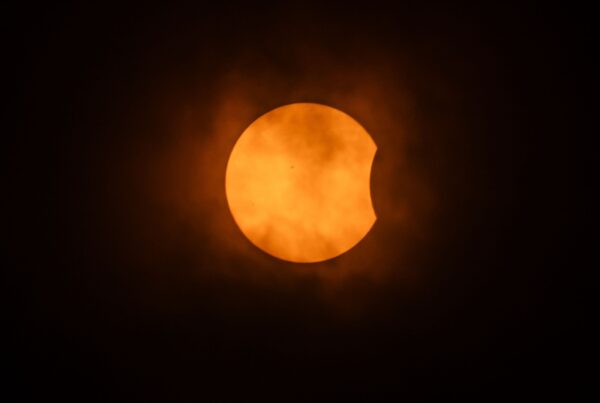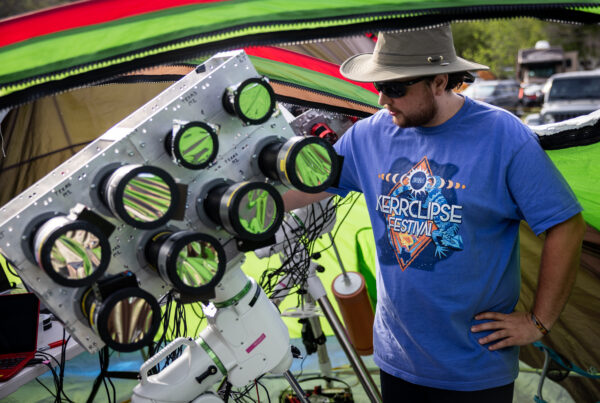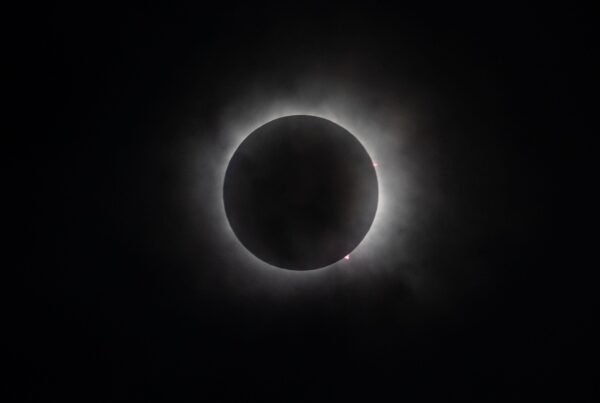From NPR:
A total solar eclipse is crossing from the Pacific coast of Mexico through the United States on Monday.
According to NASA, totality will start around 11:07 a.m. PDT/1:07 EDT in Mexico and leave Maine at around 1:30 pm PDT/3:30 pm EDT. Precisely when you’ll be able to see the eclipse — and what kind of eclipse you’ll be able to see — will depend on your location and time zone. More on that here.
This will be the last chance to catch a total solar eclipse in the continental U.S. for about 20 years, so here’s what you need to know to safely enjoy!
Livestreams from along the path of totality
Vermont Public will livestream views of the eclipse from the Fairbanks Museum and Planetarium in St. Johnsbury, Vermont. Tune in starting at 3 p.m. ET.
NHPBS will livestream the solar eclipse from Lancaster, N.H. starting at 12 p.m. ET.
Maine Public will livestream from Mars Hill, Maine, starting at 2:30 p.m.
More resources to enjoy the eclipse
– Sharing the eclipse with tiny humans? Check out these kid-friendly total solar eclipse learning guides from Vermont Public’s But Why, and this great explainer from KERA Kids on the difference between a solar and a lunar eclipse.
– Plan to wander into the wild for the best view? Here are some tips from outdoor experts.
– Tips from Bill Nye on the best ways to enjoy the eclipse.
– Feeling whimsical? Here are three ways to sprinkle a little magic into your eclipse experience.
NPR will be sharing highlights here from across the NPR Network throughout the day Monday if you’re unable to get out and see it in real time.


